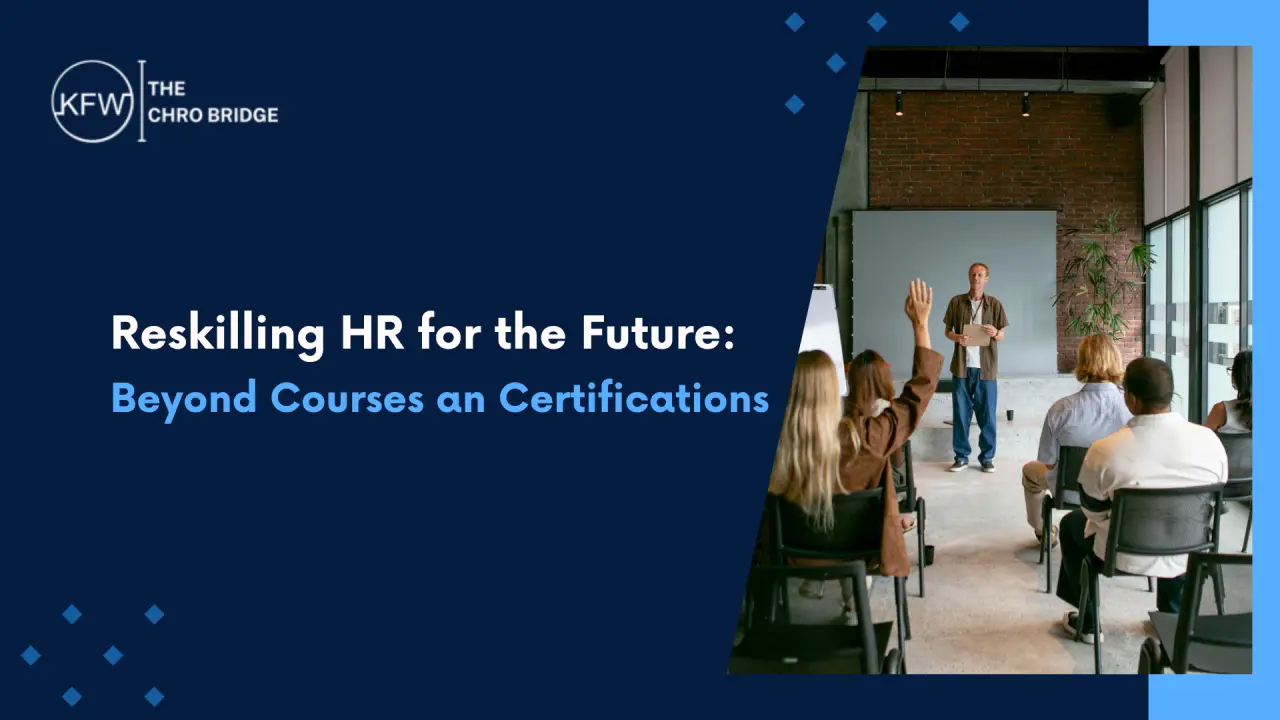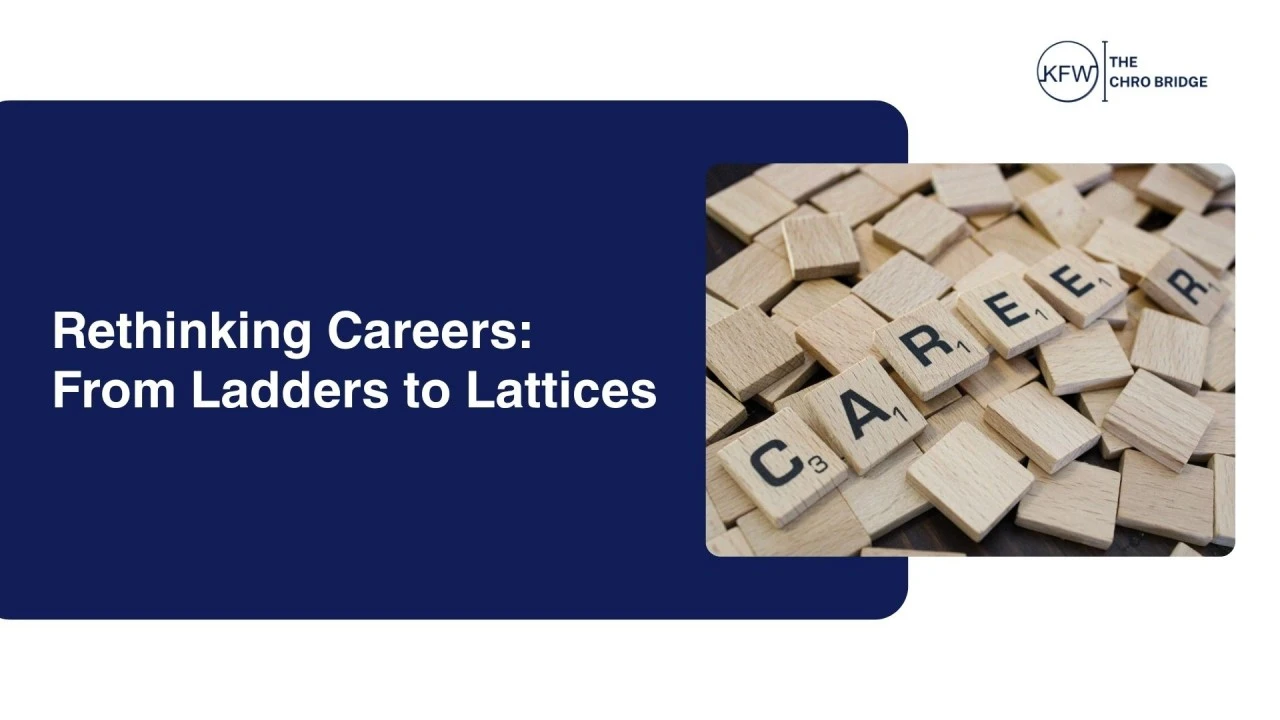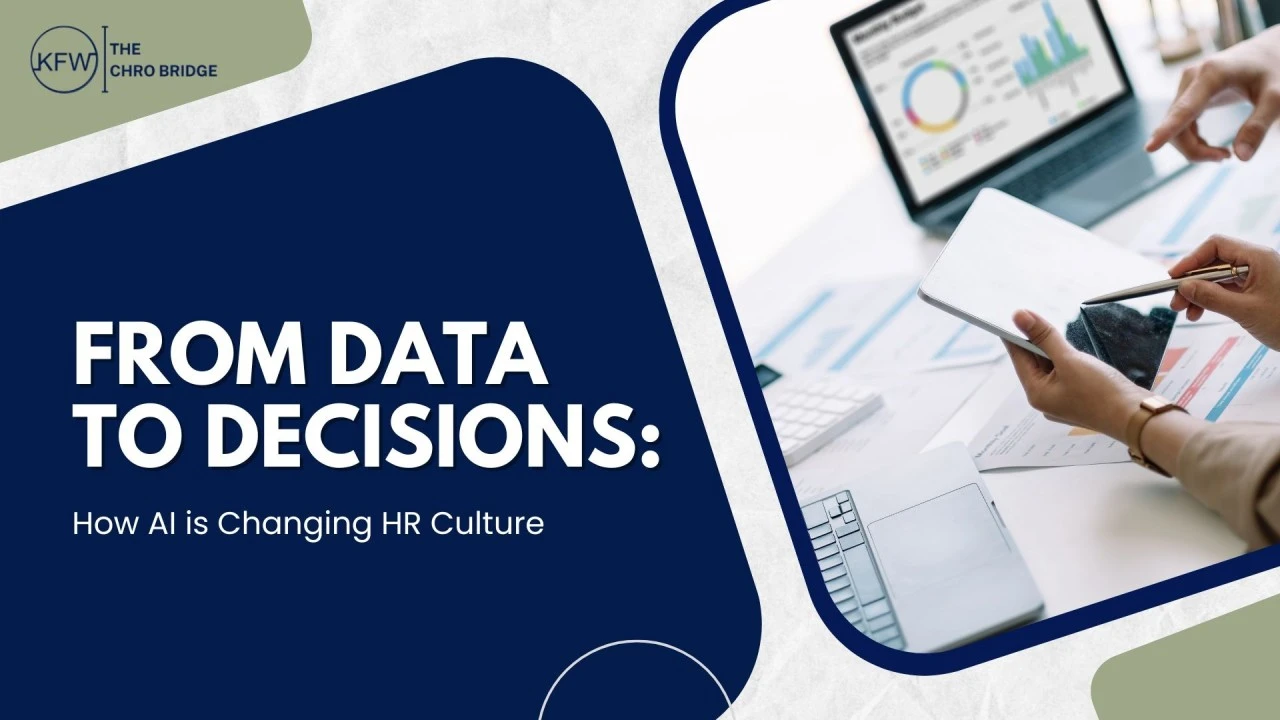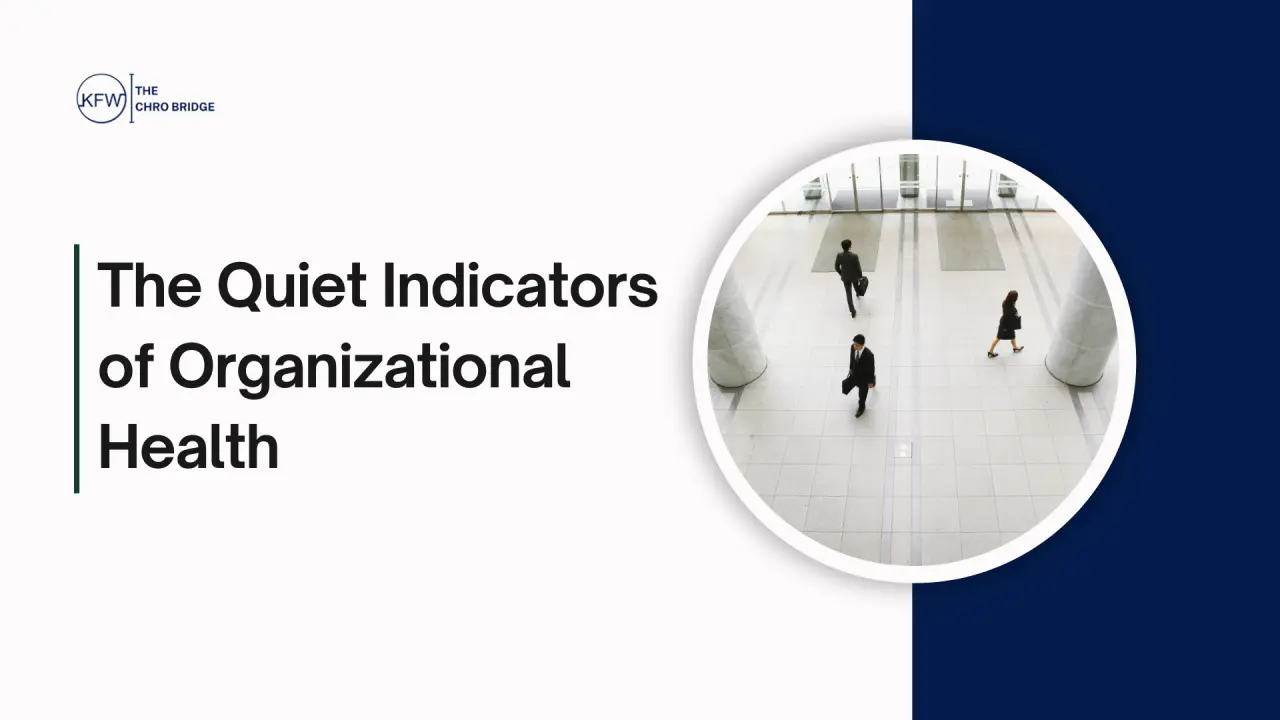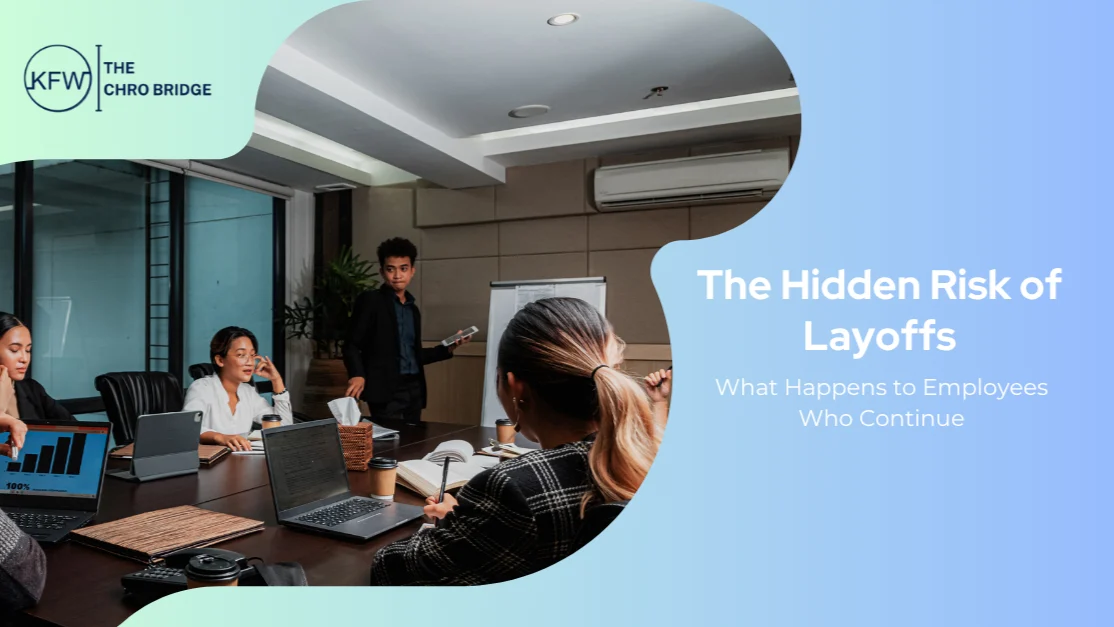The Secret Ingredient Behind High-Performing Cultures
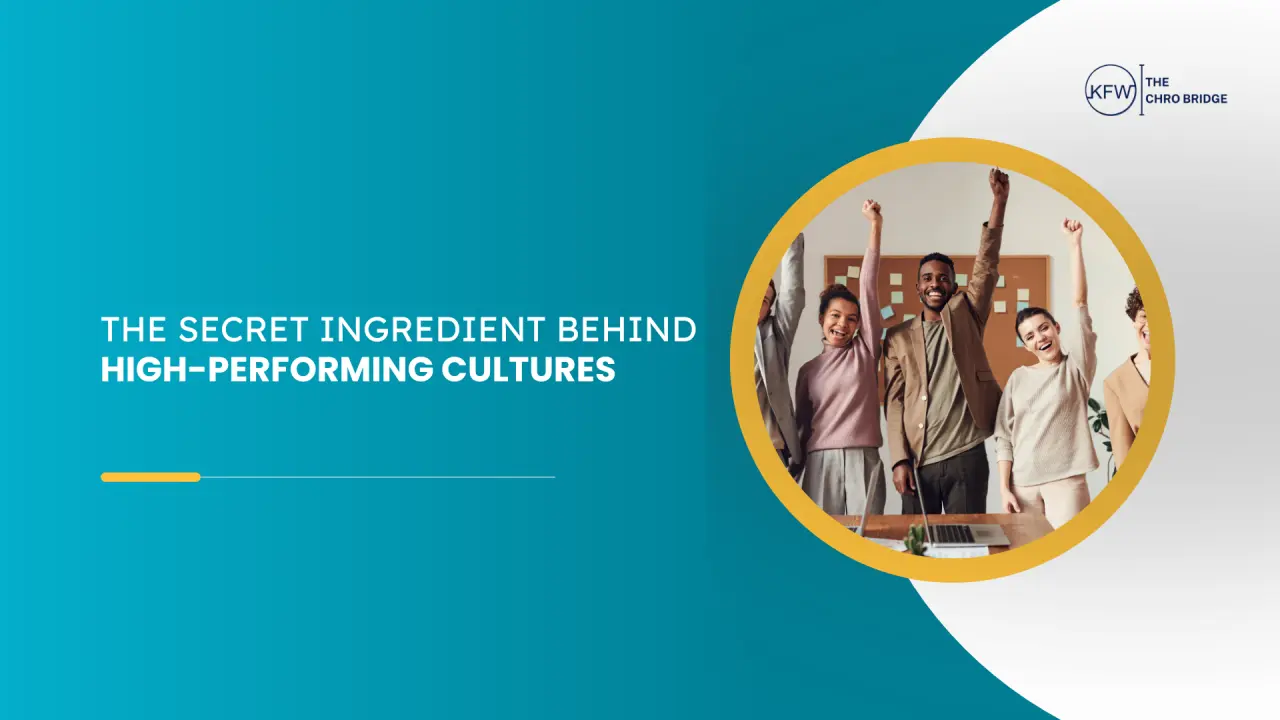
Meera had just joined the strategy team at a mid-sized consulting firm, and she figured her first week would mostly involve remembering faces and finding the coffee machine. But then she noticed something... the lunch table.
It wasn't just a place to eat. It was like a little map of the team. People naturally clustered with those like them. Conversations flowed, sure, but mostly about safe, familiar stuff. New ideas? Hardly ever.
Then Meera spoke. Not loudly. Not to grab attention. Just... differently. Her experiences, her perspective, her way of questioning assumptions, it was slightly off the usual path. And suddenly, the table changed. People started listening, asking questions, laughing at ideas they hadn't considered before. Even the quiet ones joined in.
Why Diversity Matters, ReallyThis is what people call Diversity Quotient, or DQ. And it's more than checking boxes, more than counting men, women, or people from different backgrounds. It's about whether these differences actually influence what happens at work. A team with high DQ doesn't just look diverse. It thinks diverse. It debates, challenges, solves problems differently. And the culture changes. People feel like they belong, not just fit in.
Culture Beyond NumbersToo many companies stop at the visible stuff. They hire for gender, age, ethnicity, but forget inclusion. Real culture comes from respect, psychological safety, and the ability to think differently. Teams with high DQ are curious. They challenge assumptions. Leaders listen. Only the ideas that push boundaries get rewarded. And all of a sudden, the team isn't just happier, it's smarter, more creative, and keeps clients coming back.
The Ripple EffectResearch backs it up: diverse teams innovate faster and solve problems better. But it's not just about performance metrics. When DQ is nurtured, employees stay longer. Mentoring works. Collaboration across teams improves. That lunch table? A small change there rippled across projects, client work, even strategy.
The TakeawayDQ isn't a scorecard. It's a mindset. Leaders who ask themselves, "Are we really hearing everyone in this room?" create cultures where diversity actually drives impact. It takes curiosity, courage, patience, but the payoff is huge. People feel seen, heard, and motivated to contribute.
Here's a question for you: how diverse is your organization, not just in numbers, but in thought? Are you making room for voices that challenge the usual way of doing things?

